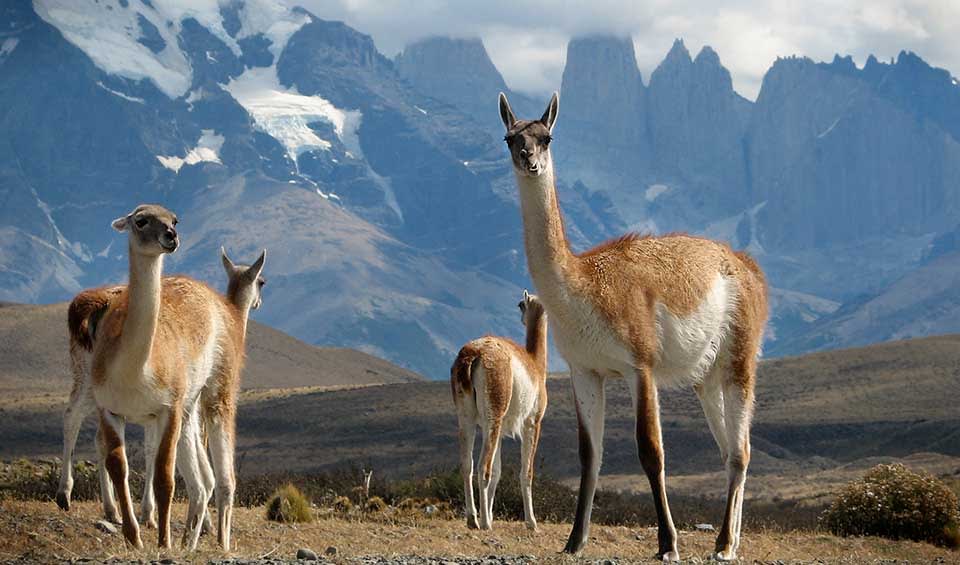Lama – Lamas
The largest herbivores of the dry areas of South America
These camelids, closely related to the wild vicuña and its domesticated counterpart, the alpaca, symbolize the Andean landscapes where they have thrived for centuries. Adapted to the harsh conditions of the Andean mountains and plateaus, llamas are known for their remarkable resilience and versatility, which endeared them to human societies throughout history.
One of the most notable features of llamas is their exceptional tolerance for thirst and ability to exist on a diverse range of forage. This dietary flexibility allows them to inhabit areas where resources are scarce, making them indispensable to the indigenous peoples of the Andes. They can graze on various plant materials, including those that many other animals would find inedible, thus efficiently utilizing the sparse vegetation at high altitudes.
In addition to their ecological adaptability, llamas possess distinctive behavioral traits. While generally shy and docile, they can exhibit moodiness and, in certain situations, may display aggression. This temperament underscores the importance of understanding and respecting their behavioral cues, especially in domestication and husbandry contexts. Despite these occasional challenges, llamas have been successfully domesticated and integrated into Andean cultures, serving as pack animals, sources of wool, and even as part of spiritual practices and ceremonies.
Llamas also share a close genetic lineage with the vicuña and the alpaca, highlighting their interconnectedness within the camelid family. This relationship is evident in their physical characteristics, ecological roles, and how human societies have utilized these animals throughout history. Llamas, in particular, have been bred for their ability to carry heavy loads over long distances, making them invaluable to developing trade and transportation networks in pre-Columbian South America.



